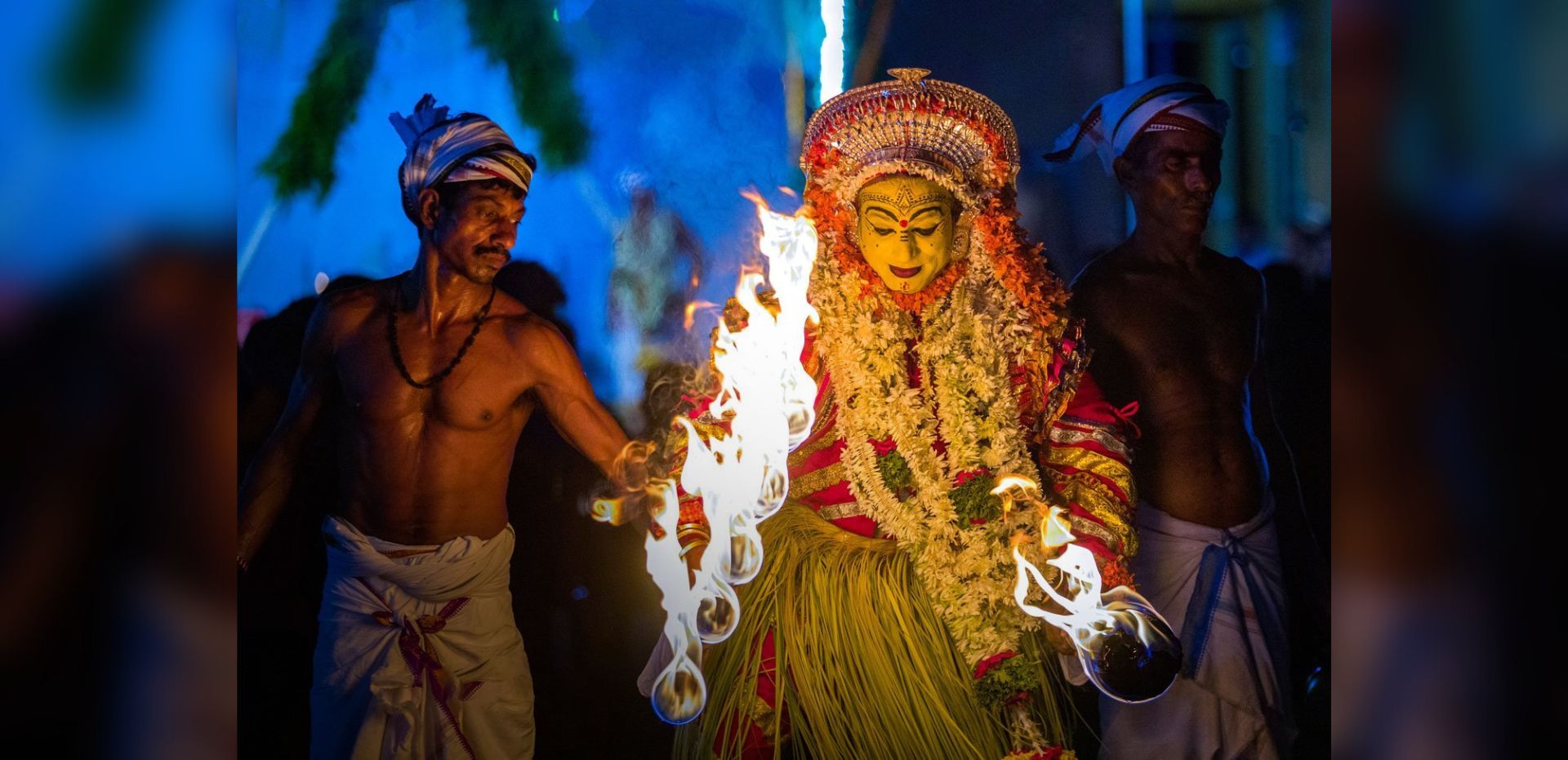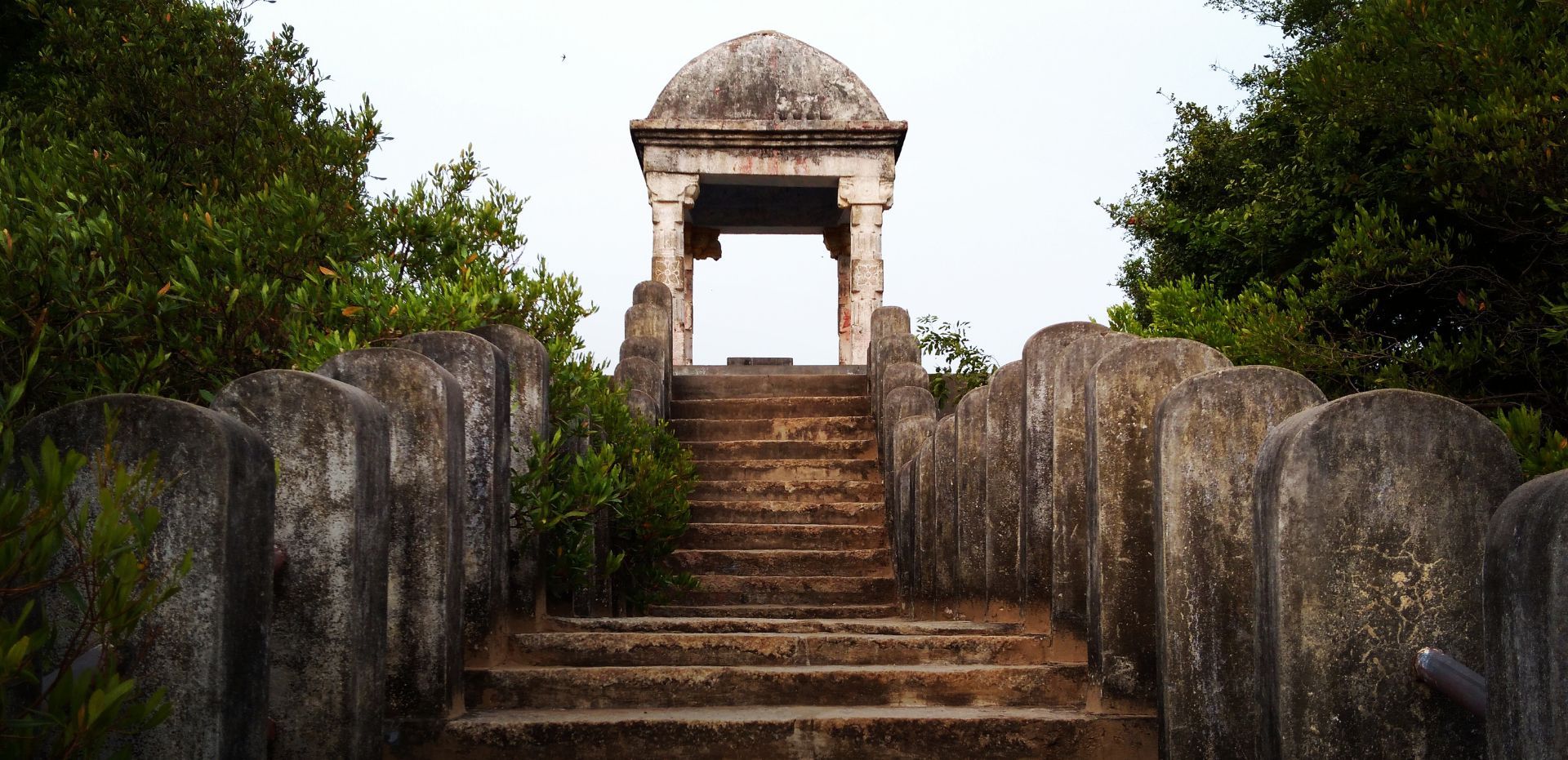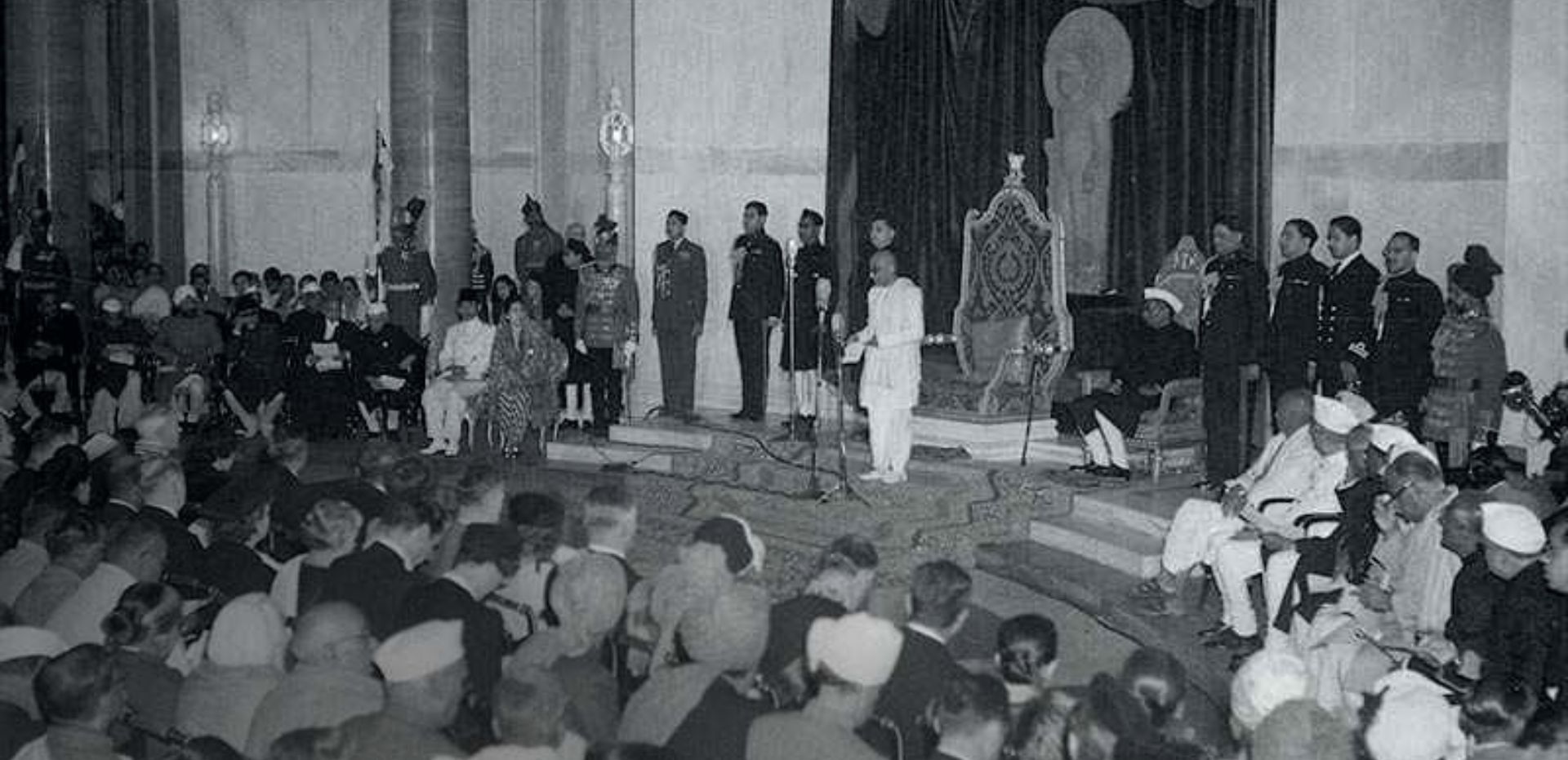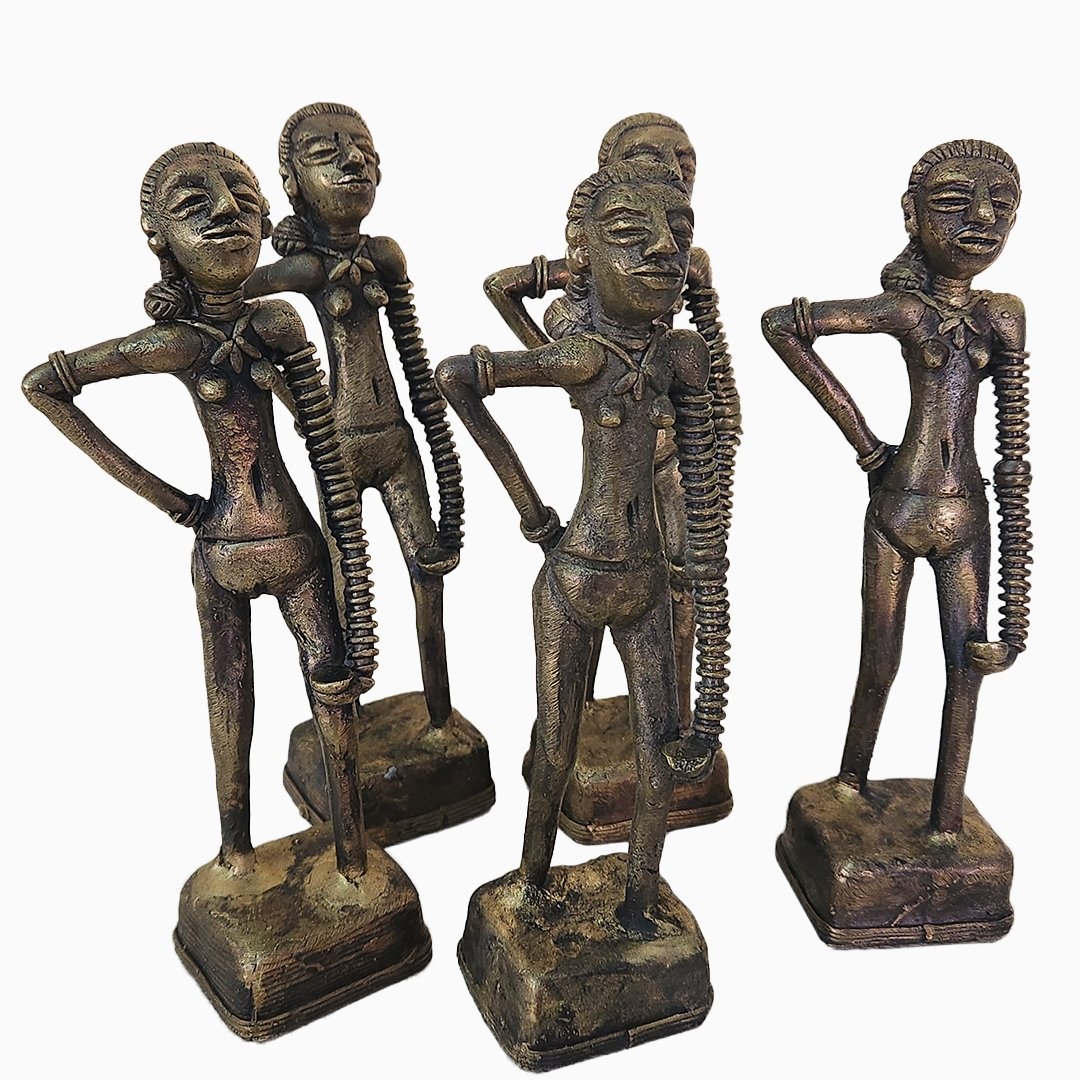Sir John Marshall: The Man who ‘Aged’ India
BOOKMARK
Imagine a 25-year-old taking over as the Director-General of the Archaeological Survey of India (ASI)! Well, the year was 1902 and after almost a year of lobbying, the Viceroy of India, Lord Curzon, finally received the go-ahead to revive the office of the Director-General of the ASI, a post that had been abolished supposedly to improve efficacy by dividing India into five branches or archaeological zones, each one autonomous.
Curzon, who is known more for the infamous partition of Bengal, was actually one of the greatest proponents of the need to save India’s heritage. A history buff, he was amazed at the great historical wealth of India and also appalled at the condition he found it in.
But who was this 25-year-old and how did he manage to land the job? John Marshall's story and rise as one of the subcontinent’s pioneering archaeologists is truly spectacular, as LHI’s Dr Kurush Dalal tells us. This is his story.
When John Hubert Marshall (1876 – 1958) arrived in India, he had a very clear, and sweeping, brief: he was to conserve the subcontinent’s ancient heritage. Now Marshall was a young man of prodigious talent and a gifted archaeologist, even at that tender age. He had studied at Dulwich College in England and was already a very promising Greek scholar. He went on to King’s College, Cambridge, and won the Porson Prize, an honour awarded to individuals for translations of Greek verse.
Marshall participated in excavations in Greece, Crete and Turkey, and was considered a brilliant archaeologist in the making. He played an important role in the excavations at Knossos and other sites in Crete, between 1899 and 1901.
While Marshall was building a foundation for his career as an archaeologist in Europe, in India, Lord Curzon was fretting about the abysmal state of the subcontinent’s ancient history and heritage. He was aghast at the condition of the monuments, the complete lack of conservation and maintenance, and the lack of unity and purpose among the different agencies linked to conservation.
Thus, upon his appointment as Viceroy (1898 – 1905), Curzon set about reviving India’s built heritage. Archaeology in India was then divided into five zones, each with an appointed Surveyor, who was controlled by the local government. Curzon realised that if he was to make a meaningful difference, there needed to be direct centralisation and centralised support, which in turn would improve efficacy.
On 20th December 1900, Curzon submitted a report to the Secretary of State for India in London, for the revival of the office of Director-General of the ASI. The proposal was accepted on 29th November 1901, and on the recommendations of the British Museum, a very young John Marshall, aged barely 25, was selected for the post. He arrived in India in 1902 and took over the office of Director-General of the ASI.
– “If Lord Curzon, Viceroy of India (1899-1905), was the greatest patron and champion Indian archaeology ever had, Sir John Hubert Marshall, CIE, LittD, FBA, was certainly one of its major architects. And it is well nigh impossible to think of one without the other.”
G N Das, American Anthropologist, Vol 61, No 6, p 1071 (1959)
Marshall’s specific duties were: to ensure that monuments were properly cared for and not utilised for inappropriate or unseemly purposes; and that repairs and maintenance were carried out promptly, scientifically and on artistic lines. He was also to supervise the archaeological work in the country; ensure registration of monuments and antiquities; liaise with provincial authorities; and advise the Government of India in a way that would ensure appropriate allotment of imperial funds. He also had to submit annual reports to the government and report on the progress made each financial year.
Somewhere in that long, rather bureaucratic list of duties, Marshall found the greatness he would go on to achieve.
The Early Years
After he took over the reins of the ASI in 1902, Marshall took a year to get started, but when he did, he set about rejuvenating Indian archaeology at a breakneck pace. The ASI under Marshall became a part of Curzon’s scheme to beautify and conserve the Taj Mahal (in Agra) and the Ajanta Caves (near Aurangabad in Maharashtra).
In 1904, thanks to the efforts of Marshall, the Government passed the Ancient Monuments & Preservation Act, which is the legal backbone of the ASI, with amendments to this very day. More importantly, he convinced the government to stop the five-yearly retention of the Director-General of the ASI as it needed a permanent place and head, to effectively operate across the subcontinent. Thus, on 28th April 1906, the ASI became a permanent body and a part of the government's permanent machinery.
Marshall headed the ASI from 1902 to 1928 and during the next 26 years, he went on to excavate some of the most significant sites in India, including Rajagriha, Sahet-Mahet, Bhita, Taxila, Mohenjodaro, Sarnath, Sohr Damb, Charsada and Mandor. He started his ‘excavation’ career at Sanchi and adjoining Buddhist sites in 1911-12, and was responsible for a systematic study and conservation of the site of Sanchi.
He published a very comprehensive guide book on Sanchi, titled A Guide To Sanchi (1918) and went on to publish a three-volume magnum opus titled The Monuments At Sanchi with Alfred Foucher, a French Buddhist studies scholar known as the ‘Father of Gandharan Art Studies’. He also published a comprehensive work on the Bagh Caves, some of the earliest painted Buddhist rock-cut caves in India. His book is titled Bagh Caves In The Gwalior State.
Taxila
Marshall’s experience with Greek archaeology at Knossos and his interest in the Greeks led him to carry out one of the subcontinent’s greatest excavations at the site of Taxila (now in Pakistan). The excavations, which started in 1913, lasted 22 years and unearthed thousands of artifacts. After 20 more years of study, Marshall finally published his findings in three humongous volumes.
There were so many beads recovered from the site that a separate volume was published on them by Horace Beck and John Marshall. This volume and its chart of shapes and nomenclature of beads are still used today by archaeologists in India and abroad and are considered one of the finest works on beads ever published.
The Taxila report was much awaited as nowhere else in the Indian subcontinent had such a large area ever been excavated at any one site. The insights into town planning, construction methods, raw materials, spatial distributions and relationships between temples and homes were of paramount importance.
Sadly, the 40 years between the beginning of the excavation and the publication of the report was enormous and, during that time, huge changes had been made in understanding archaeological data and in methodology. Sir Mortimer Wheeler, the man who pulled Indian archaeology out of the post-Marshall slump, was extremely scathing in his review of the report. Wheeler’s judgement, although harsh, is also balanced and gives credit where due to Marshall.
Marshall had been very interested in the excavation of Buddhist sites and keenly followed the work being done at Pataliputra, Bhita and Taxila. Sadly, his myriad duties as head of the ASI did not allow him to be present on site, which was the greatest flaw in his academics, according to his critics.
The Harappan Civilisation
The Harappan Civilisation was first brought to academic light by Sir Alexander Cunningham, founder of the ASI, when he published a seal discovered there. Archaeologist J Fleet then discovered a number of these seals at Harappa in 1912 and brought them to the notice of Marshall, who immediately dispatched D R Bhandarkar and Rakhal Das Bannerjee to what had hitherto been considered a Buddhist, Kushan Era mound. Preliminary excavations revealed a completely new Bronze Age civilisation.
The ‘discovery’ of Harappa and the Harappan Civilisation in the first quarter of the 20th century was a pivotal moment in Marshall’s career. Marshall had already started allowing Indians to head their own excavation teams, and Daya Ram Sahni at Harappa and R D Bannerjee at Mohenjodaro made amazing breakthroughs in this field. The world was amazed to hear about a 5,000-year-old Bronze Age civilisation.
After the initial work at Mohenjodaro, Marshall himself took over the excavations. He also led a preliminary excavation at Sohr Damb (Nal) in Balochistan (now in Pakistan). The site was subsequently excavated by Harold Hargreaves, the next Director-General of the ASI. These were epoch-making discoveries and were hailed by the international press and academic community.
World War I had dealt a serious blow to the fledgling ASI and its budget had been axed by 25 per cent. But in 1925-26, the appropriations and staff of the ASI were increased and more work was carried out. Marshall retired as Director-General in 1928, as he said he needed to analyse the data generated by his excavations and to publish his discoveries. He was reemployed by the ASI and the Government of India as a Special Officer for preparing the excavation reports of Mohenjodaro, Harappa, Taxila, Multan, Mandu, Delhi, Sanchi and Agra, all of which have subsequently appeared in print. Marshall published the Mohenjodaro report in three massive volumes, titled Mohenjodaro And The Indus Civilization (1931).
He eventually left India in 1934, and with his departure, a very significant era in the archaeology of India came to an end. Although Marshall often selected sites discovered by Cunningham, where preliminary work was very promising, his own work brought them to prominence and his findings were ground-breaking. His work also reset the clock by 2,500 years, taking Indian civilisation back much further than had earlier been imagined.
Sadly, after Marshall left, there was a sharp decline in the ASI. His successor, Harold Hargreaves (1928-31), worked on Nal and other Early Harappan sites. He was succeeded by Daya Ram Sahni (1931-35), the first Indian Director-General of the ASI; J F Balkiston (1935-37); and K N Dixit (1937-44). This entire period needs to be seen through the lens of the Great Depression. Funds were just not available and work remained undone. In 1932, funds were abruptly cut and the ASI was left with no access to new staff, techniques, methods, etc.
Dixit’s tenure was further troubled by Word War II and its fallout. Thus it wasn't until 1944 and the appointment of Sir R E Mortimer Wheeler that the ASI picked up its socks and went back to work with a vengeance.
Marshall’s legacy is a two-sided one. He did a lot of great work in his early days and he set the ASI on its feet, he gave it teeth with the 1904 Act and he helped create a department that published its reports with gusto. But when his methods grew outdated, he did not see it fit to change them, and thus the methodology of the ASI was completely out of sync with that adopted by the rest of the world. This added to the woes of the ASI over the next 20 years. While there is much to criticise, there is much more to praise, and the sheer volume of work published by the ASI from 1903 to 1928 speaks for itself.























